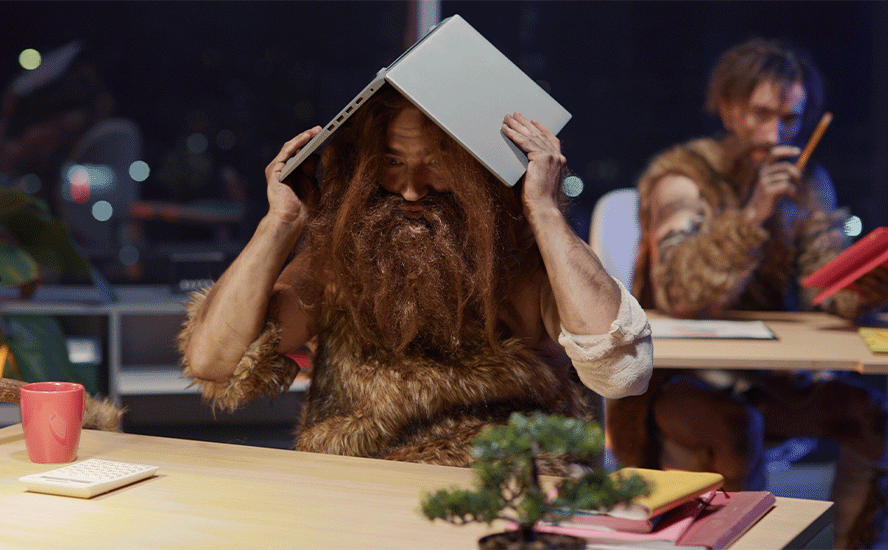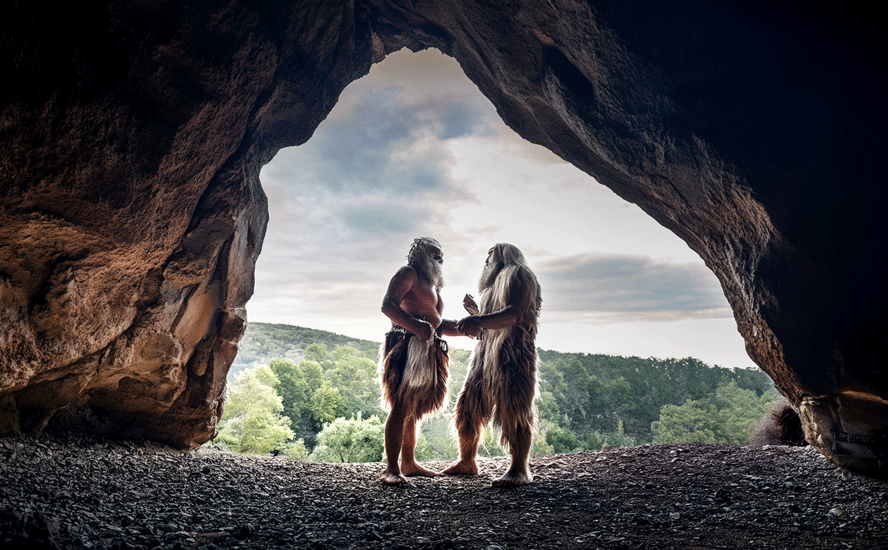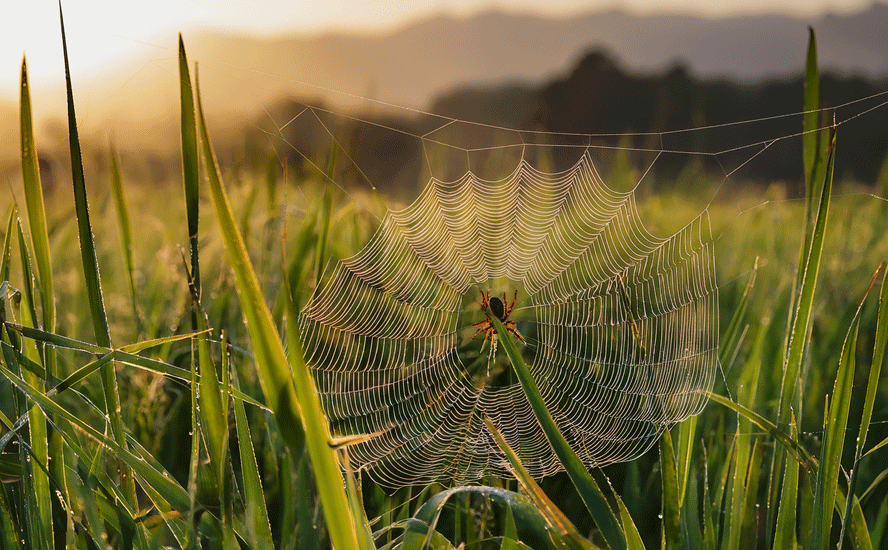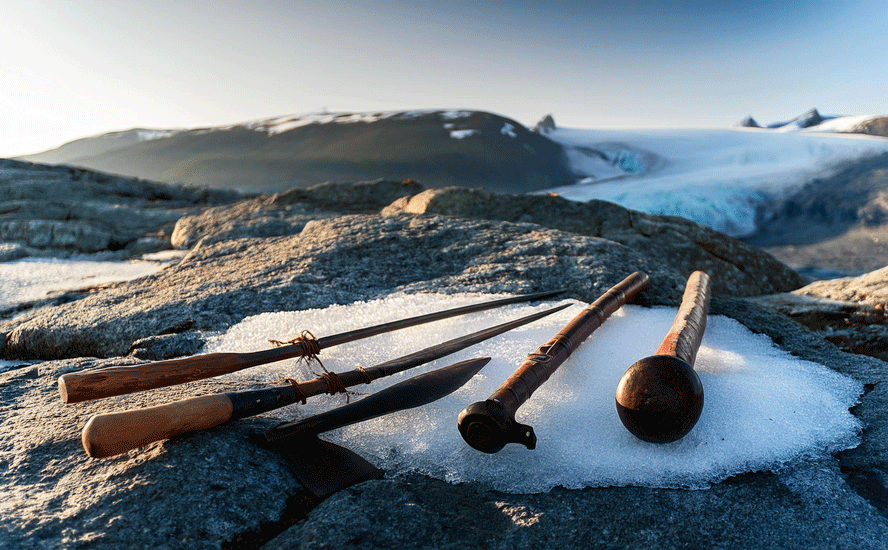Planetary devastation is only one solar storm, asteroid strike away – Richard Mills
2023.07.04

There are many extreme events that could do massive damage to planet Earth within hours, even seconds. Many are on the scale of the “Carrington Event” of 1859. This powerful solar storm, the largest ever recorded, was named after the British astronomer who saw in his telescope the solar flare associated with a “coronal mass ejection” that sped towards Earth. The Carrington Event lit up the skies in beautiful light displays similar to the aurora borealis, but it also caused global telegraph lines to spark and short out and set fire to telegraph offices in Europe and the US. Fortunately the low technology of the mid-19th century limited the damage.
It’s thought that, should an event of similar scale happen today, it would jeopardize global telecommunications, knock out orbiting satellites, destroy GPS, cellphone service and much of the power grid.
Solar storms
On July 23, 2012, the sun unleashed a massive cloud of plasma (aka coronal mass ejection) thought to be the most powerful solar storm in 150 years. This plasma cloud exploded from the sun and headed straight through Earth’s orbit – missing us by a week! Yep, if it had happened just a week before, the plasma cloud would have had a catastrophic encounter with Earth’s atmosphere.
In 1989, a particularly destructive solar storm caused electrical blackouts across Quebec for 12 hours, plunging millions of Canadians into the dark and closing schools and businesses.
NASA has recently warned of a solar storm so massive, that it could knock out the Internet and electricity, worldwide. In 2018, the space agency sent out a car-sized spacecraft called the Parker Solar Probe, to study the sun’s corona and solar wind. The probe traveled through the sun’s atmosphere to trace the flow of energy and to measure the wind speed, which typically blows at 1 million to 2 million miles per hour.
Information gleaned by the probe found that solar activity is likely to ramp up until 2025, the predicted solar maximum. The heightened solar activity poses a risk to satellites, spacecraft and even spacewalking astronauts due to increased radiation exposure.
The solar activity will also trigger large geomagnetic storms that can interfere with high-frequency radio communications and global positioning systems (GPS). This might cause a global Internet outage lasting several months.
In fact a so-called “Internet apocalypse” has been making the rounds of social media, claiming that such a blackout could happen within a decade. The term was coined by a 2021 research paper about solar storm impacts presented by the University of California.
The paper says solar storms are “one of the greatest dangers facing the Internet” because of coronal mass ejections that can create magnetically induced currents that potentially “enter and damage long-distance cables that constitute the backbone of the Internet.”
It estimates an Internet failure of that magnitude could cost the US economy up to $7 billion per day.
How likely is this to happen? CBS News reports the probability of an extreme space weather event having a direct impact on Earth is 1.6% to 12% every decade. But it’s believed that solar activity is increasing.
Solar cycles are driven by the sun’s magnetic field. About every dozen years, the magnetic field flips, with north becoming south and vice versa. Changes in the sun’s magnetic field affect the amount of activity on the solar surface.
While the current cycle the sun is in, called Solar 19, isn’t expected to generate peak sunspot activity until 2025, researchers earlier this month determined that the solar cycle has ramped up faster than originally predicted.
In April, CBS said there was a “severe” geomagnetic storm that carried with it the possibility of widespread voltage control problems, as well as surface charging and tracking problems on spacecraft. Satellite navigation and low-frequency radio navigation can also be disturbed in severe magnitude solar storms, which have happened three times since the Solar 19 cycle began in 2019.
What has scientists really worried is an “extreme” geomagnetic storm, where “some grid systems may experience complete collapse or blackouts.” According to the National Oceanic and Atmospheric Administration (NOAA), extreme solar storms occur an average of four times per solar cycle.
As mentioned the worst solar storm on record was the 1859 Carrington Event.
Asteroids
We know from geology that huge asteroids or comets have slammed into the Earth at certain points in history; the one that hit the Sudbury Basin in Ontario created some of the richest deposits of nickel sulfides in the world. The Chicxulub crater underneath the Yucatan Peninsula in Mexico was formed by an even bigger asteroid estimated to be between 11 and 81 kilometers wide. Scientists believe the impact caused a mass extinction event during which three-quarters of plants and animals on Earth died, including all non-avian (bird-like) dinosaurs.
On April 13, 2029, the 1,110-foot asteroid 99942 Aphosis aka ‘God of Chaos’ will rip past the planet around 19,000 miles away, closer to Earth than some orbiting spacecraft, reports Newsweek. If such an asteroid were to collide with us, it would cause continental-wide devastation, according to Davide Farnocchia, a NASA astronomer cited by Newsweek.
In fact an estimated 25 million meteoroids, micrometeoroids and other space debris enter Earth’s atmosphere every day. While very few present any kind of risk of collision, there is always the possibility.
According to Earth.com, this past Wednesday, June 28, an asteroid larger than 10 buses lined up end to end whizzed by the planet at around 9 am BST. The space rock known as 2013 WV44, measuring up to 524 feet, or 160m in diameter, was traveling at 11.8 km per second, which is over 26,000 miles per hour and a staggering 34 times the speed of sound.
Despite being 2.1 million miles away, or 9x farther than the moon, the asteroid was close enough to be deemed a near-Earth object (NEO).
To meet the criteria for a potentially hazardous asteroid (PHA), the object would need to come within 4.65 million miles of Earth and be more than 459 feet in diameter.
Earth.com says there are currently 32,254 asteroids in our solar system, compared to 30,000 documented in October. More than 10,000 are estimated to be larger than 460 feet wide, with another 1,000 bigger than 3,280 feet, or 1 km in diameter.
Meanwhile CBS News reported on Sunday that an Italian astronomical observatory captured images of an asteroid flying past Earth.

A time-lapse photo showed the space rock traveling at over 2,000 miles per hour, at one point coming within 134,000 miles of Earth, which is less than 60% of the average distance to the moon. According to the Virtual Telescope Project, the asteroid identified as MU2 was estimated to have a diameter of 13.5 to 30.1 feet.
Conclusion
According to the National Academy of Sciences, the next “Carrington Event” could knock out electrical and communication grids causing more than $2 trillion in damage globally. Anything that plugs into a wall socket or electrical outlet could be disabled — and since everything we use is eventually plugged in… well you get the idea.
Maybe we’re without our electrical and communications grids for years – think about that, about living without electricity for an indefinite period of time. You’ve just been knocked back to a pre-electric age and your ticket “back to the future” does not have a departure time/date stamp.
It’s emergencies like these when the logic of owning gold becomes clear.
Rather than owning gold, most people consider their bank accounts, art, antiques and homes to be stores of value. The proof of having a good-sized pile of cash is a debit card, from which we control online bank accounts where we can add, withdraw and transfer funds with the click of a mouse. The certainty of electronic banking which has existed now for decades is rarely if ever questioned, let alone the credit/ debt monetary system it is based on.
Nowadays the only people and institutions who own physical gold are central banks and those who distrust the monetary system — people who see gold as a hedge against inflation and want to own it as insurance against some calamity (e.g. banking system collapse, war), when getting access to cash is difficult or impossible, and paper currencies plummet in value.
Most people think such an event is so unlikely, they disregard the idea of owning gold or returning to the “barbarous relic”, as economist John Maynard Keynes referred to the gold standard in his 1924 book on monetary reform, suggesting gold had outlived its usefulness.
In reality there are many instances in history of how gold came to the rescue of states on the verge of collapse, and a number of frankly terrifying scenarios that could destroy the meaning and value of today’s money in a heartbeat.
Richard (Rick) Mills
aheadoftheherd.com
subscribe to my free newsletter
Legal Notice / Disclaimer
Ahead of the Herd newsletter, aheadoftheherd.com, hereafter known as AOTH.
Please read the entire Disclaimer carefully before you use this website or read the newsletter. If you do not agree to all the AOTH/Richard Mills Disclaimer, do not access/read this website/newsletter/article, or any of its pages. By reading/using this AOTH/Richard Mills website/newsletter/article, and whether you actually read this Disclaimer, you are deemed to have accepted it.
Any AOTH/Richard Mills document is not, and should not be, construed as an offer to sell or the solicitation of an offer to purchase or subscribe for any investment.
AOTH/Richard Mills has based this document on information obtained from sources he believes to be reliable, but which has not been independently verified.
AOTH/Richard Mills makes no guarantee, representation or warranty and accepts no responsibility or liability as to its accuracy or completeness.
Expressions of opinion are those of AOTH/Richard Mills only and are subject to change without notice.
AOTH/Richard Mills assumes no warranty, liability or guarantee for the current relevance, correctness or completeness of any information provided within this Report and will not be held liable for the consequence of reliance upon any opinion or statement contained herein or any omission.
Furthermore, AOTH/Richard Mills assumes no liability for any direct or indirect loss or damage for lost profit, which you may incur as a result of the use and existence of the information provided within this AOTH/Richard Mills Report.
You agree that by reading AOTH/Richard Mills articles, you are acting at your OWN RISK. In no event should AOTH/Richard Mills liable for any direct or indirect trading losses caused by any information contained in AOTH/Richard Mills articles. Information in AOTH/Richard Mills articles is not an offer to sell or a solicitation of an offer to buy any security. AOTH/Richard Mills is not suggesting the transacting of any financial instruments.
Our publications are not a recommendation to buy or sell a security – no information posted on this site is to be considered investment advice or a recommendation to do anything involving finance or money aside from performing your own due diligence and consulting with your personal registered broker/financial advisor.
AOTH/Richard Mills recommends that before investing in any securities, you consult with a professional financial planner or advisor, and that you should conduct a complete and independent investigation before investing in any security after prudent consideration of all pertinent risks. Ahead of the Herd is not a registered broker, dealer, analyst, or advisor. We hold no investment licenses and may not sell, offer to sell, or offer to buy any security.
Legal Notice / Disclaimer
Ahead of the Herd newsletter, aheadoftheherd.com, hereafter known as AOTH.Please read the entire Disclaimer carefully before you use this website or read the newsletter. If you do not agree to all the AOTH/Richard Mills Disclaimer, do not access/read this website/newsletter/article, or any of its pages. By reading/using this AOTH/Richard Mills website/newsletter/article, and whether you actually read this Disclaimer, you are deemed to have accepted it.




























